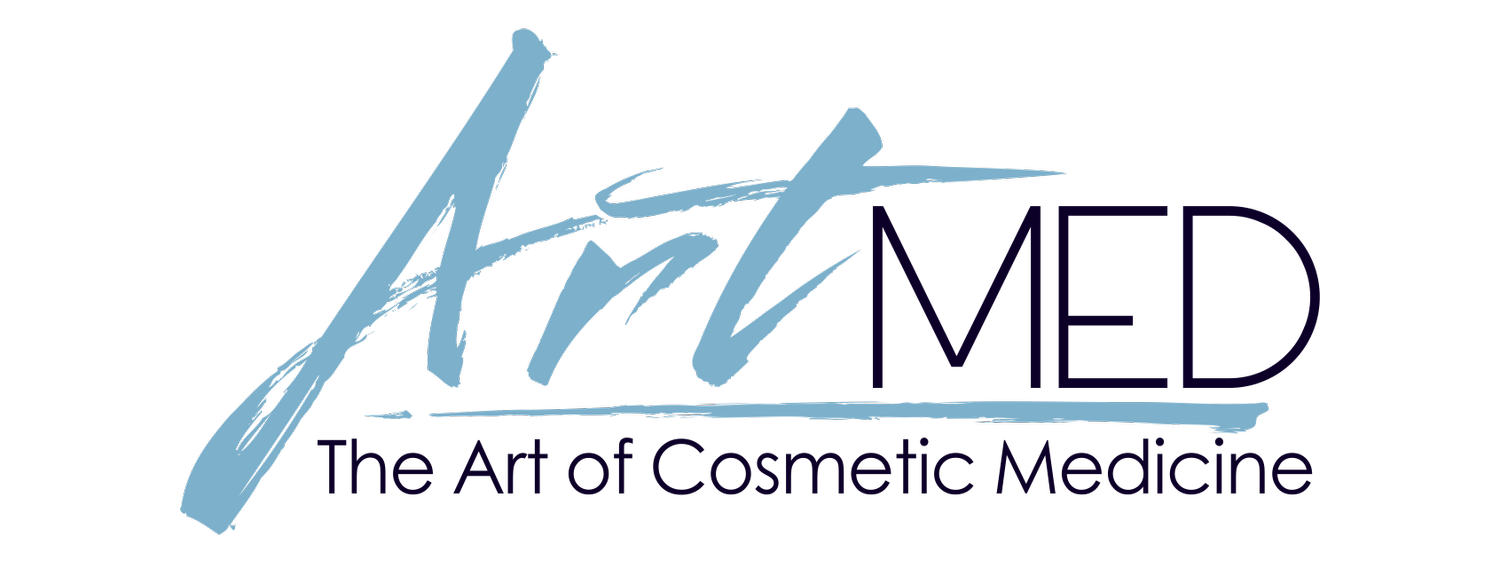How to borrow the rejuvenation capacity of a 20-year-old!
Recently, Health Canada approved the first commercially available regenerative medicine product for use in aesthetics. Exosomes are a product which is applied topically after invasive skin procedures to speed healing and amplify results of treatment.
So, what’s the big deal?
Exosomes are engineered microspheres containing growth factors derived from human stem cells. So, this is a derivative of stem cell therapy and stem cell therapy has been a hot topic for many years.
What is stem cell therapy?
Stem cell therapy involves the collection of a patient’s own fat, blood or bone marrow and using those harvested cells to repair the body.
Stem cells can develop into any type of cell that serves a function. In regenerative medicine, stem cells are used to treat a part of the body that needs to be repaired for e.g. stem cells can be used to repair a damaged disc in the spine by growing new disc cartilage.
Shouldn’t we be using stem cell therapy more broadly then?
Sounds great but stem cell therapy has some practical problems. First there is the issue of collecting the stem cells (bone marrow or fat are the main sources so obtaining cells is quite invasive). The extraction procedure is technical and expensive and the preparation of the stem cells thereafter for medical use is extremely costly as well.
To date, the only simple, cost-effective option in regenerative aesthetics has been platelet rich plasma (PRP). PRP contains growth factors found in one’s own blood platelets, which are collected via blood draw, concentrated and then injected or applied topically in that same individual.
PRP is widely used post surgery, and in sports medicine, aesthetics and orthopedics. However, PRP growth factor quality can be limited by the health, age, and medical status of the individual.
The holy grail of regenerative therapy would be an inexpensive easily available product that outperforms PRP by providing the healing and regenerative capacity of stem cells from a young, healthy person.
Back to Exosomes…
The good news is that Health Canada’s approval of exosomes means there is now a commercially available product that provides the benefits of stem cell therapy in aesthetic medicine without the risks, costs, or invasiveness of stem cell therapy or the variable performance of PRP.
The Health Canada approved exosomes (Benev Exosomes) are derived from fat stem cells obtained from four young women in their 20’s who donated their stem cells after liposuction. Those donated cells are then perpetually grown in the lab. This large volume of cells provides the high concentration of growth factors necessary to formulate a product beneficial for treatment.
In addition to potent growth factors exosomes also contain peptides, coenzymes, minerals, amino acids and vitamins. A single dose of Benev exosomes contains 2.5 billion exosome microspheres. Because exosomes are not living cells, they do not risk rejection or hypersensitivity/immune reactions.
In aesthetics, exosomes are applied to skin disrupted by an aesthetic procedure (such as ablative laser or microneedling). The exosomes easily absorb into the dermal layer of the skin stimulating dermal cells to produce new collagen, elastin or fibrin, or stimulate hair growth when used on the scalp.
What are the benefits of exosomes?
decrease in age-related pigmentation
firmer skin
reduction in the appearance of fine lines and wrinkles
enhanced hydration of the skin
a more radiant and even-toned complexion
faster recovery post procedure and noticeable results sooner
Exosome therapy as an add-on to an aesthetic service typically costs only a few hundred dollars.
Ask your aesthetic clinic or provider if they offer exosome therapy. You may not have the regenerative capacity of a 20-year-old, but you can borrow it!

